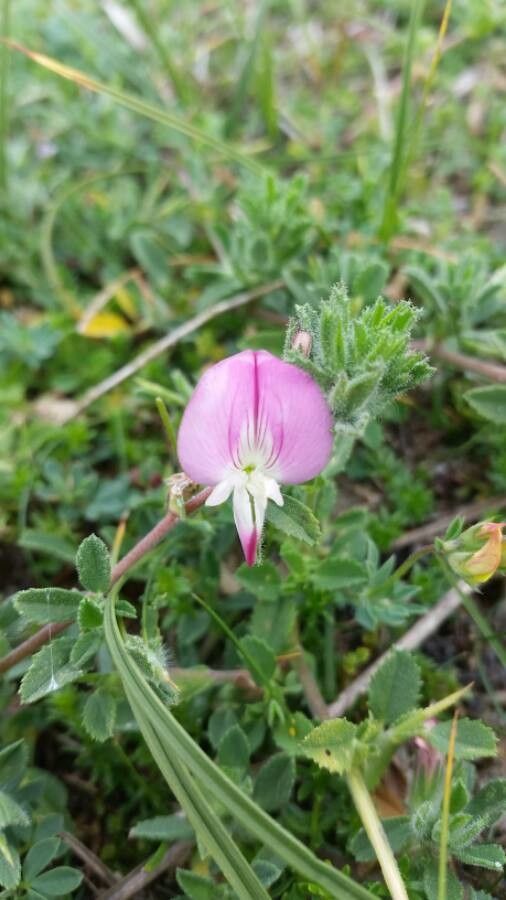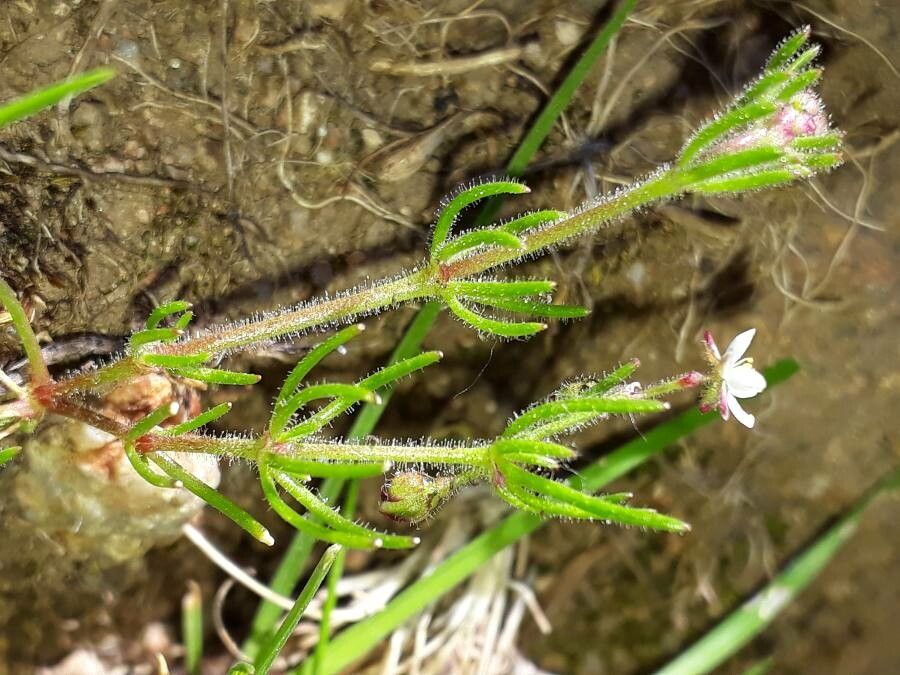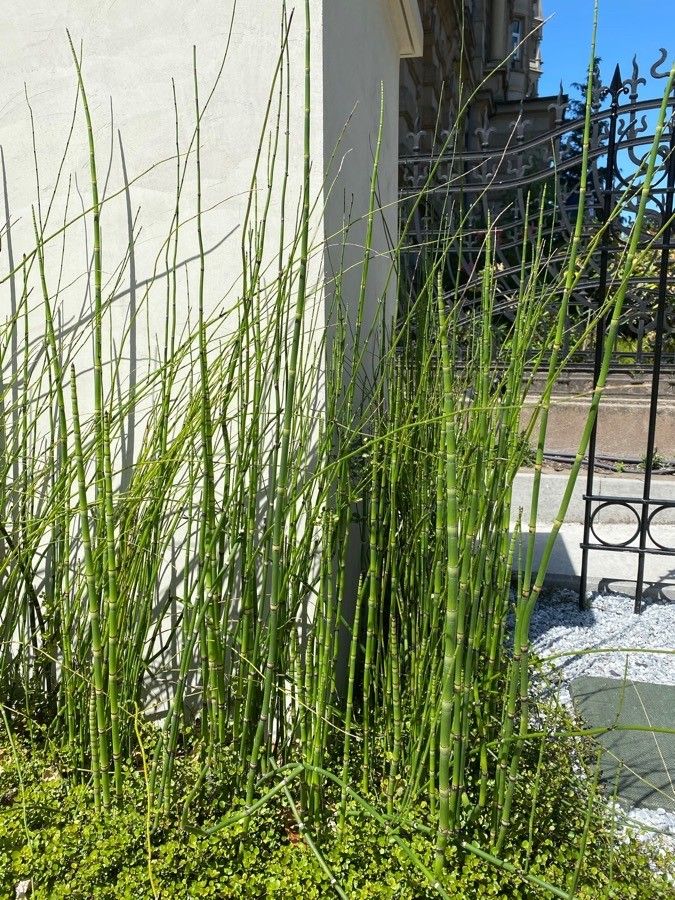## Thorny Restharrow: A Comprehensive Guide
The Thorny Restharrow (Ononis spinosa), a member of the Fabaceae (legume) family, is a fascinating and often overlooked plant. Its spiny nature and tenacious growth habit make it both a challenge and a delight for gardeners and botanists alike. This guide will delve into the details of this intriguing species.
### Habitat and Growth
Thorny Restharrow thrives in a variety of habitats, exhibiting a remarkable adaptability. It's commonly found in dry, sandy, or gravelly soils, often in disturbed areas such as roadsides, meadows, and pastures. This resilient plant tolerates full sun and can even withstand periods of drought. Its spreading habit, facilitated by underground runners, allows it to form dense colonies. This growth pattern, while attractive in some settings, can also contribute to its classification as a weed in certain situations.
### Physical Characteristics
The Thorny Restharrow is easily identified by its spiny stems, which can grow up to 60cm tall. Its leaves are trifoliate, meaning they are composed of three leaflets, similar to clover. The flowers, typically pink or purplish, are relatively small and clustered along the stems. The plant produces small, bean-like pods containing seeds that aid in its propagation. The spiny nature of its stems serves as a defense mechanism against herbivores.
### Cultivation and Care
Cultivating Thorny Restharrow requires an understanding of its natural preferences. Planting it in well-drained, sunny locations is crucial. While it is relatively low-maintenance, regular weeding might be necessary, especially during its initial stages. Once established, its robust nature ensures its survival even under less-than-ideal conditions. Propagation can be achieved through seed sowing or by dividing established plants.
### Ecological Significance
As a legume, Thorny Restharrow plays a significant role in soil health. Like other members of the Fabaceae family, it possesses nitrogen-fixing capabilities. This means it enriches the soil with nitrogen, benefiting other plants growing in the vicinity. However, its invasive potential must be considered when introducing it to new environments.
### Thorny Restharrow as a Weed
While appreciated by some for its ecological benefits and interesting appearance, the Thorny Restharrow is considered a noxious weed in many regions. Its vigorous growth habit and ability to spread quickly can outcompete native vegetation. Careful consideration should be given before planting it, particularly in areas with sensitive ecosystems.
### Uses and Applications
Historically, Thorny Restharrow has been used in traditional medicine. However, it's crucial to consult with a qualified herbalist before using it for medicinal purposes, as some parts of the plant can be toxic. It also has a minor role as a source of nectar for pollinators.
Thorny Restharrow presents a complex case study in plant ecology. Its resilience, ecological contribution, and invasive potential all combine to create a fascinating and often challenging plant to understand and manage.
Thorny Restharrow: Complete Guide & Care

Frequently Asked Questions
How to grow Thorny Restharrow?
Plant Thorny Restharrow seeds or divisions in well-drained, sunny locations. Ensure adequate space to prevent overcrowding. Regular weeding may be necessary.
Is Thorny Restharrow invasive?
Yes, in some regions Thorny Restharrow is considered invasive due to its vigorous growth and spreading habit. Careful consideration should be given before planting it in sensitive ecosystems.


